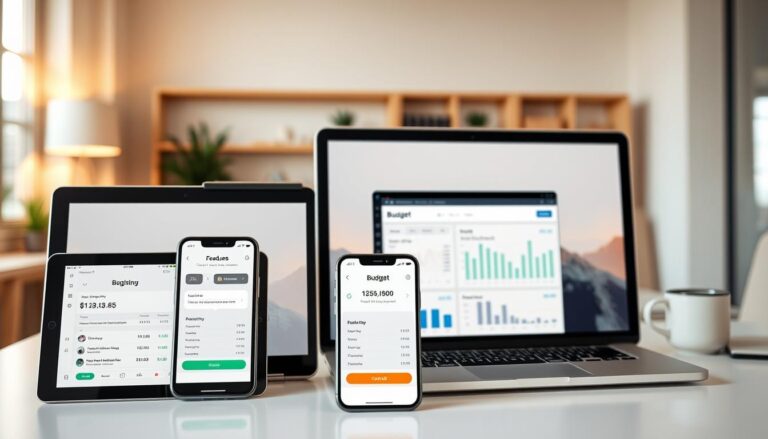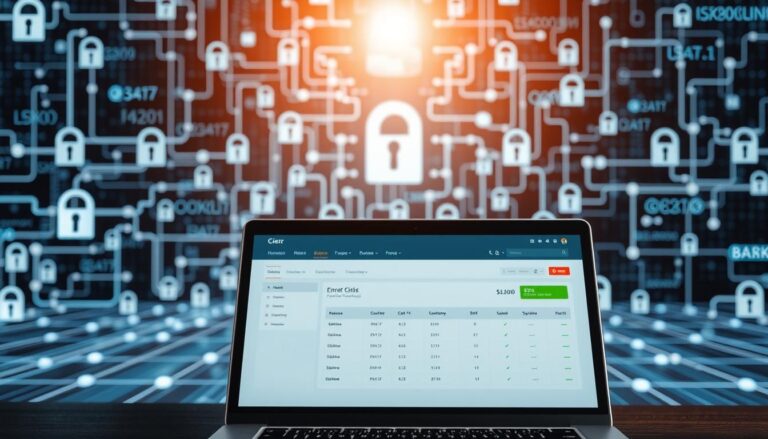How to Plan for Big Expenses Without Loans
Life is full of unexpected expenses, and having a solid financial plan in place can help you stay on track. According to Bernice White, CLO, “We can all benefit from budgeting in our day-to-day lives, and especially so for large expenses.” Unexpected expenses can significantly impact your financial stability, making it crucial to have a plan to manage such costs.
One effective way to prepare for big expenses is by utilizing a high-yield savings account, which can offer higher interest rates compared to traditional savings accounts. By starting to save early, you can build a financial cushion to fall back on when unexpected expenses arise.
Understanding Big Expenses and Their Impact
Big expenses, whether expected or not, can greatly affect one’s financial stability. These expenses can arise from various sources, including car repairs, medical bills, or home maintenance costs.
Understanding the nature of these expenses and their potential impact on one’s finances is crucial. Common big expenses include events like weddings, home renovations, or unexpected medical emergencies. The financial impact of these expenses can be significant, potentially leading to financial strain if not properly managed.
Assessing the Financial Impact
Assessing the financial impact of big expenses involves evaluating how they affect your overall financial situation. This includes considering your savings, income, and existing financial obligations.
Budgeting plays a key role in mitigating the effects of big expenses. By creating a budget that accounts for potential big expenses, individuals can better prepare for these costs and reduce their financial impact.
Effective budgeting involves tracking income and expenses, identifying areas for cost reduction, and allocating funds towards savings and emergency funds.
How to Plan for Big Expenses Without Loans
To avoid loans when facing big expenses, creating a dedicated savings plan is crucial. This involves several steps that help you prepare financially for significant expenditures.
Prioritizing Needs Over Wants
The first step in planning for big expenses is to differentiate between needs and wants. Prioritizing needs ensures that you allocate your income towards essential expenses and savings. According to the 50/30/20 budget rule, 50% of your income should go towards necessary expenses like rent and utilities, 30% towards discretionary spending, and 20% towards savings and debt repayment.
Allocating 20% of your income towards savings and debt repayment is a significant step in building a safety net for big expenses. This allocation helps in creating a corpus that can be used when needed, thus avoiding the necessity of loans.

To effectively plan for big expenses, determine the amount needed and set a realistic timeline. Breaking down the savings into manageable chunks makes the goal less daunting. For instance, if you need to save $10,000 in a year, you would need to save approximately $833 per month.
Regularly reviewing and adjusting your savings plan is crucial. As your income or expenses change, your savings plan should be adjusted accordingly to stay on track.
By prioritizing needs over wants and sticking to a well-structured savings plan, you can efficiently plan for big expenses without resorting to loans. This not only reduces financial stress but also builds a secure financial future.
Effective Saving Strategies for Major Purchases
Effective saving strategies are key to making major purchases without accumulating debt. Building an emergency fund and utilizing budgeting tools are crucial steps in this process.
One of the most important saving strategies is to build an emergency fund. This fund acts as a safety net, allowing you to cover unexpected expenses without going into debt. Aim to save three to six months’ worth of living expenses in your emergency fund.
To achieve this, start by assessing your monthly expenses and income. Identify areas where you can cut back on unnecessary spending and allocate that money towards your emergency fund.
Using Budgeting Tools and Apps
In today’s digital age, there are numerous budgeting tools and apps available to help you track your expenses and stay within budget. Apps like Mint, You Need a Budget (YNAB), and Personal Capital can connect to your bank accounts, categorize your spending, and provide insights into your financial habits.

These tools can also help you set savings goals and track your progress. For instance, you can set a goal to save $1,000 for a major purchase and receive reminders and updates on your progress.
Another effective saving strategy is to automate your savings. Set up automatic transfers from your checking account to your savings or investment accounts. This way, you’ll ensure that you save a fixed amount regularly, without having to think about it.
When making major purchases, it’s essential to plan ahead and save specifically for that expense. Consider setting up a separate savings account dedicated to your major purchase goals. This will help you keep your savings separate from your everyday spending money.
By implementing these saving strategies, you can make major purchases without straining your finances. Remember, the key is to start early, be consistent, and stay committed to your savings goals.
Smart Money Management Tools and Accounts
To save for big expenses without loans, it’s essential to leverage smart money management tools. Effective financial planning is crucial for achieving savings goals, and the right tools can make a significant difference.
High-Yield Savings Accounts are an excellent option for saving towards big expenses. They offer higher interest rates compared to traditional savings accounts, allowing your savings to grow faster over time. For instance, banks like Ally and Marcus offer competitive rates with minimal fees.

Budgeting apps and spreadsheets are invaluable for tracking expenses and staying on top of finances. Apps like Mint and You Need a Budget (YNAB) provide real-time tracking and alerts, helping you stay within your budget. Spreadsheets, on the other hand, offer a customizable way to manage your finances, allowing you to create categories and monitor your savings progress.
Using a combination of these tools can enhance your financial management. For example, you can use a budgeting app to track daily expenses while maintaining a spreadsheet to monitor long-term savings goals. This dual approach ensures that you are both disciplined in your spending and focused on your savings objectives.
Budgeting Apps offer features like automated savings, bill tracking, and financial goal setting. They provide a clear picture of your financial health and help you make informed decisions. Popular budgeting apps include Personal Capital and Spendee, which offer comprehensive financial management solutions.
In conclusion, leveraging smart money management tools and accounts is vital for saving towards big expenses. By utilizing high-yield savings accounts, budgeting apps, and spreadsheets, you can effectively manage your finances, stay organized, and achieve your savings goals.
Conclusion
Achieving financial stability is within reach when you plan for big expenses effectively. By understanding the impact of large purchases and creating a tailored savings plan, you can avoid debt and make significant buys without strain.
Utilizing smart money management tools and accounts is crucial in this process. These resources help track your savings progress, making it easier to stay on course. Effective saving strategies, such as setting aside a fixed amount regularly, can also accelerate your progress toward financial stability.
By implementing these strategies, individuals can confidently plan for big expenses, ensuring a more stable financial future. This proactive approach to financial planning empowers you to make large purchases without relying on loans, fostering a sense of security and control over your financial decisions.







